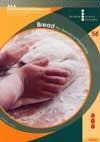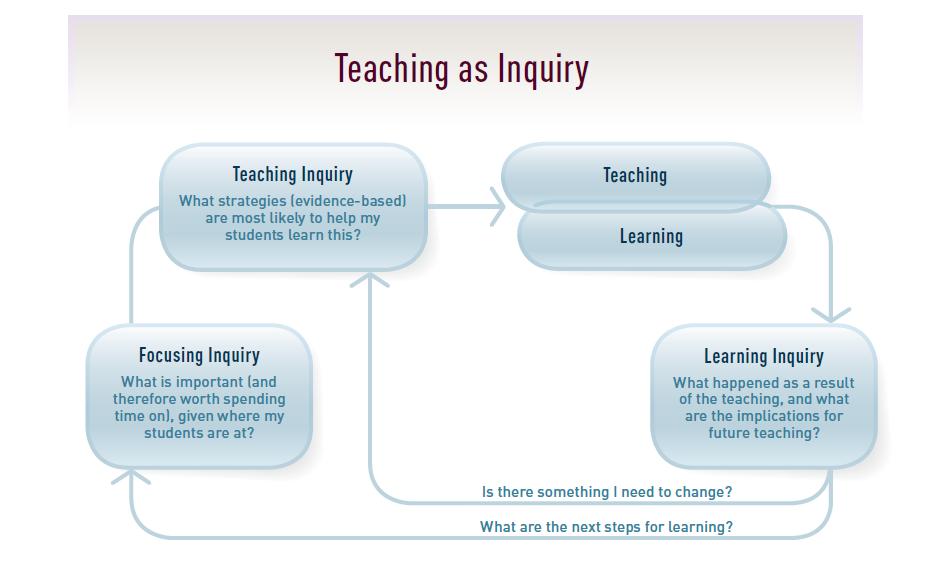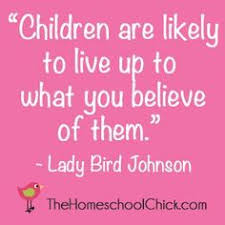I created my first blogpost in October 2013 and have since developed a passion for blogging and sharing my learning, nuances and reflections on teaching and learning in a digital environment.
So how do you create a blogging culture amongst staff?
Firstly, blogging shouldn't become a chore, another mandatory task that adds to educators already busy workload. Blogging is more of a way of sharing and celebrating struggles and triumphs. For example my blogpost on "The Art of an Apology".
This post was sharing of a lesson that I had run with my learners to overcome a challenge which we had within our classroom culture. This lesson was one which we as a collective referred to throughout the year and I thought could be valuable to others who were experiencing similar difficulties.
Sharing skills and tips can also be a worthwhile task, late last year I shared my knowledge of how to "Bling your Site". To share a practical skill with others.
But you don't have to share a skill or lesson to be an effective blogger. It can be as simple as creating a discussion about a topic of interest, like when I pondered about the purpose of spelling which included a link to a fun, but challenging quiz for people to try for themselves - go on, try it.
The point is, blogging should not be a chore, it should be a way to communicate and express yourself, and it can be about ANYTHING! Well, anything relevant to the topic of your blog. Hence, I keep my recipe sharing to a completely separate blog from my professional practice one.
What do components are required of a class blog?
Last year I was the main contributor on the Room 10 class blog where we shared the learning, successes, activities and announcements for not only the students to view, but their families and other schools worldwide. Living locally, Learning Globally.
On this class blog, we shared a lot of photo's from our activities, this was a great reflective tool for the students to appreciate all the things they had participated and contributed in. Or sometimes I would post a screenshot of the whiteboard for learners to refer to later. Either way we were modelling the way in which we wanted the learners to use their blogs.
Learners would use their blogs to develop their personal voice, share their learning goals and discoveries and as a platform for presenting their digital learning objects [DLO's].
 We also ran a blogger of the month competition with my class. Where the selection criteria would change monthly: the most blog posts, the most page views, a really interesting post, posting outside of school hours, the best grammar, replying to comments, or sometimes based on a skill I wanted to encourage.
We also ran a blogger of the month competition with my class. Where the selection criteria would change monthly: the most blog posts, the most page views, a really interesting post, posting outside of school hours, the best grammar, replying to comments, or sometimes based on a skill I wanted to encourage.
In regards to managing a class full of learners, the blogger platform made this really simple. By setting up the children as an author of their blog, rather than the owner, I the teacher am able to screen the content and manage the commenting on the blog.
In order to create a blogging culture between learners we need to encourage learners to share, not just their own work, but share in each others, by reading other blogs, and learning how to create a quality blog comment. A quality comment is positive, thoughtful and helpful.
Today I decided to craft this blogpost on blogging because we were discussing the value of sharing blogs in our digital enhancement paper.
As part of our literature review for this paper we also need to consider the value of blogs and review a variety of educational blogs.
If you have, or read a blog on digital education, please feel free to share it with me, to help me further build my community of practice.













.png)




